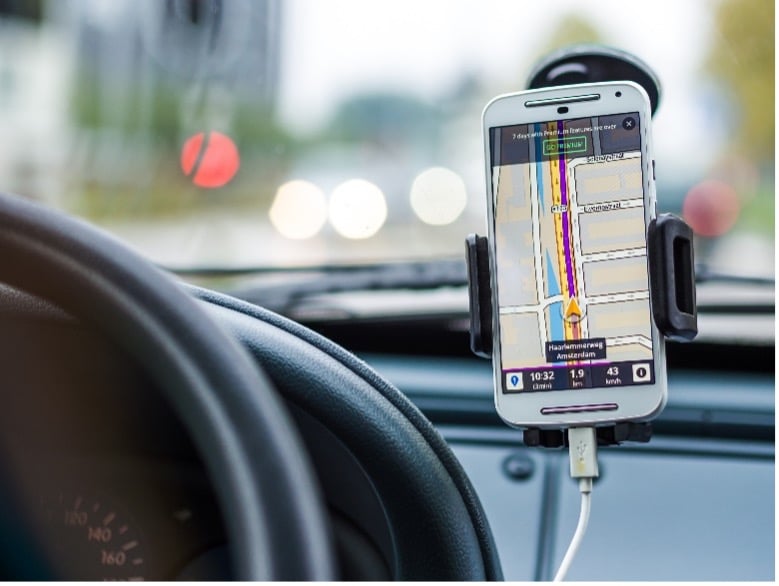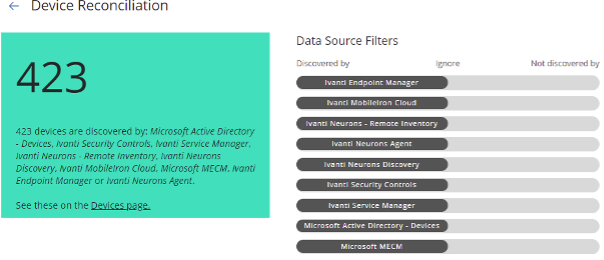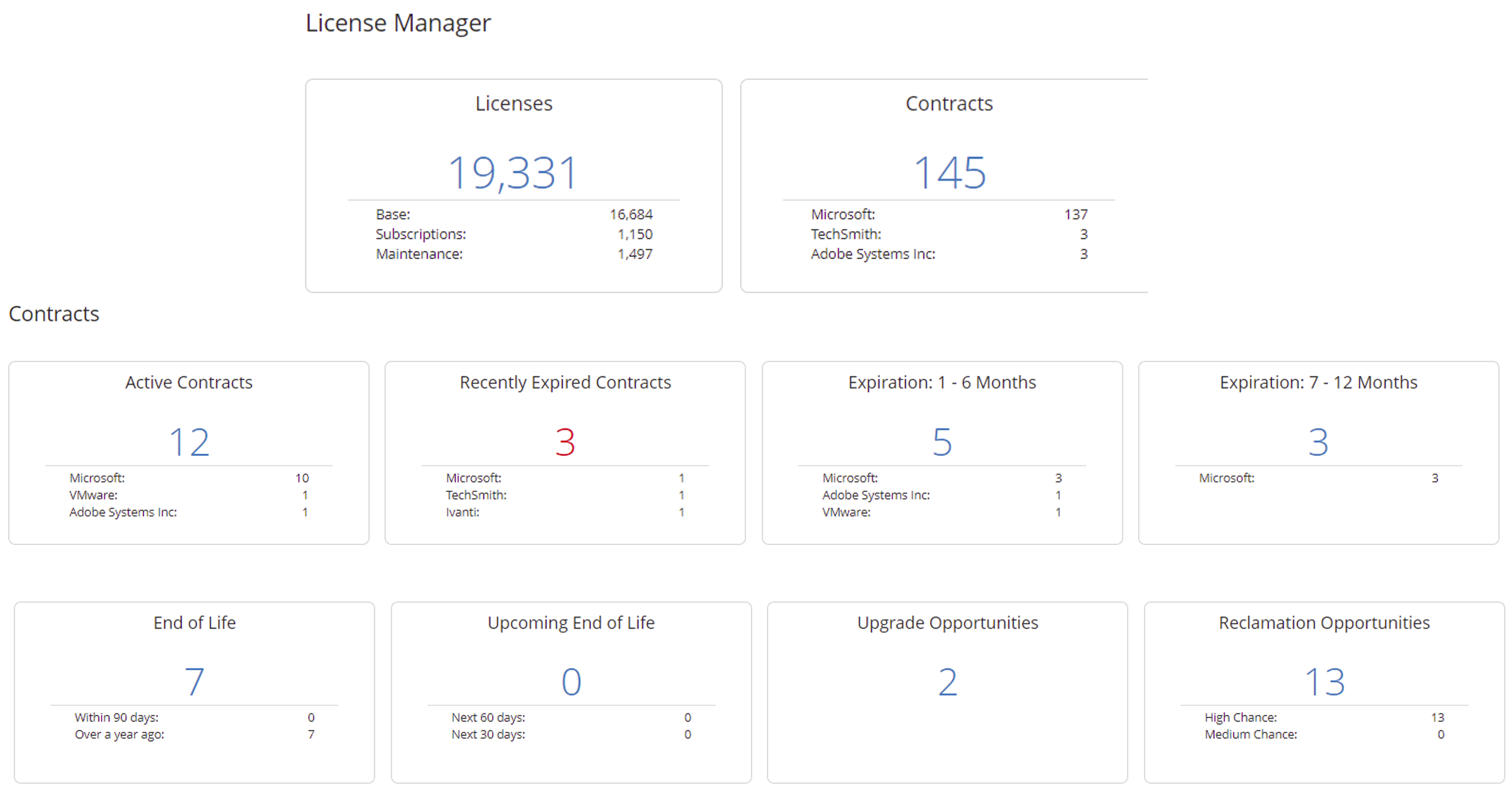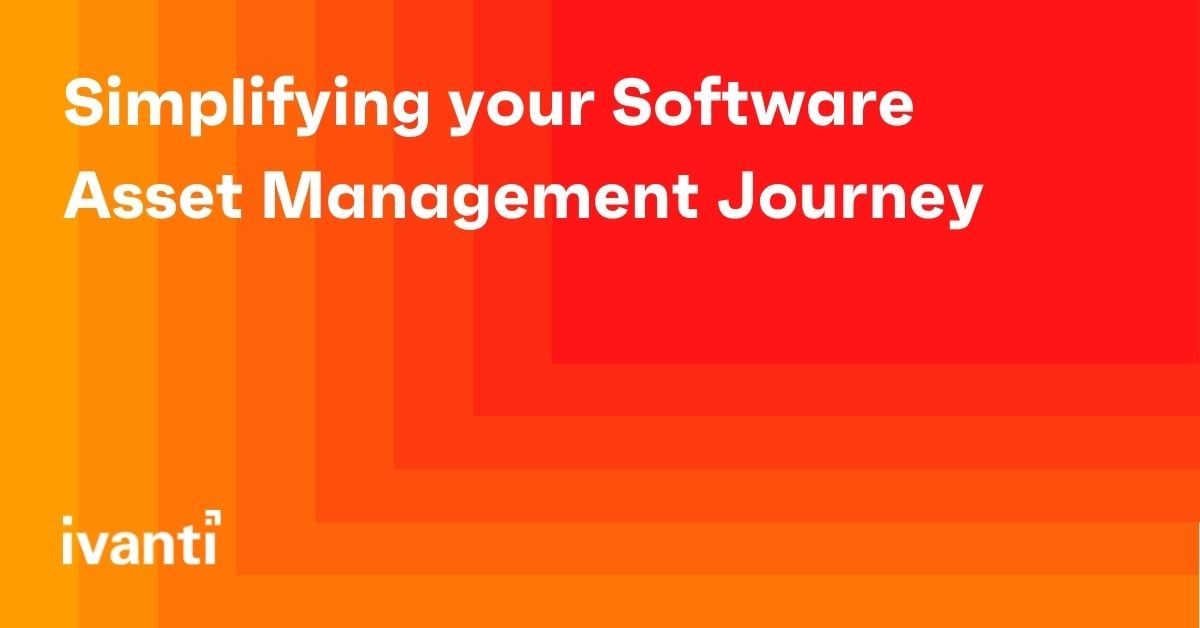Simplifying your Software Asset Management Journey
Software Asset Management (SAM) involves a complex set of challenges, requiring high levels of support and engagement blending the right mix of people, processes, and tools.
In the face of this complexity, in organizations that lack the required sponsorship or dedicated SAM functions, managing software assets can disproportionately fall into the asset management tools themselves. When such solutions are left to their own devices (no pun intended), the organization typically doesn’t realize their full value. The tools end up either not used at all or used in a very limited capacity, often just as a discovery tool.
Organizations need a clear, simple view of software assets to ensure they are being managed properly and to mitigate risk. But trying to create that simple view can require a great depth of research, knowledge and intelligence of all devices and applications across the IT environment. With changes such as the recent move to remote work, which probably reflects a permanent shift, the environments themselves are also becoming increasingly complex and growing exponentially without boundaries.
Increasingly, the role of decision-maker and even purchaser of new technologies is moving out of IT. Recent Gartner research shows that the response to the COVID-19 pandemic and the move to remote work models has made digital business the dominant technology trend, with new initiatives “increasingly funded outside the CIO budget.” (Gartner, Forecast Analysis: IT Spending, Worldwide.) This trend is only going to make managing IT Assets harder and more cumbersome.
Deploying a solution to gain insight and a greater understanding of what you need to know can be kin to using a satellite navigation system when driving to a new destination. You know where you need to go, but not how to get there. The navigation system gives you the data required to get you there step by step.

Discovery
Data, data, data!! A sat nav system needs to understand all roads and conditions to plan the optimum journey. Step one for understand Software Assets begins with good Discovery. This gives you the ability to cover your bases, consider all aspects of technology that need to be discovered, normalised, reconciled and presented back to the business in a meaningful format. Wouldn’t it be good if we could see what we had, where each piece is located, and what gaps currently exist in these solutions?

Visibility
So much data, which way to turn? It’s all very well brining in lots of data, but we need to make sense of it. When driving, we can’t make our way just using GPS coordinates. Similarly, product and executable names on their own won’t tell you much. You need context.
A resource such as Ivanti’s Definitive Software Library can provide that contextual information: software deployments, license requirements, who has what software installed, what SaaS applications are in use (or not!). With this information in hand, you are equipped to reduce waste, mitigate risk, and increase compliance. Easy, right?
Manage
Well, no, it will never be easy – any more than driving in heavy traffic is “easy” because you’re using a sat nav system. In neither case can you solely rely on the tools to get you there. In driving, you need your own skills as a driver and a well-maintained vehicle. In managing assets, you need processes and people to manage data.
Like your vehicle in traffic, your IT environment is in constant motion. Just as you can’t avoid road hazards that you can’t see, you can’t control, secure, or manage assets that are not made visible—nor can you consider the risks or opportunities these risks represent for your organization. Driving blind is never a good idea.
Like with your satnav, a predetermined route can be changed during the journey to avoid an unforeseen event. Data is the key driver here. By having all the information on hand, you can make decisions related to software assets with increased confidence. “What are the impacts of doing X? How do we budget for project Y?”
Such information can help accelerate transformation projects or increase resources to make that cloud-first strategy a reality. Whether the IT organization is managing infrastructure projects, managing software subscriptions, or planning a datacentre migration, informed decisions can make all the difference. Starting with discovery, and augmenting all business data such as contracts, agreements, warranty, invoices, purchases and more, your organisation is better positioned to proactively monitor and manage IT Assets, especially complex software ones.
Risk
Gartner reports that the disruptive shift to remote work has introduced whole new vectors for risk in an already uncertain landscape. (Gartner 2021 Planning Guide for Security and Risk Management.) While, as noted above, IT spending may be moving out of IT, ensuring management of a vast expanding IT estate by the IT organization itself significantly mitigates risks.
Risks will come in different guises:
- Provisioning of hardware and software – correct policies and user rights need to be deployed. Ensuring no wastage on hardware or user subscriptions.
- Unapproved applications, security risks, patching requirements.
- Ongoing support of all IT Assets, ultimately ensuring user productivity has minimal impact as well as maximising investments on all IT Assets.
“You’ve arrived at your destination”
Unlike taking a trip in your car, managing software assets doesn’t have a final destination. At the start of this story, I mentioned the traditional reliance on people, process, tools for successful management of software assets. Like a sat nav system in the hands of an experienced driver, Ivanti Neurons for Spend Intelligence gives you the insights required to manage your software estate and keep on driving into the future.
Schedule a demo to see how Ivanti Neurons for Spend Intelligence can guide you on the journey of getting your software assets under control.


